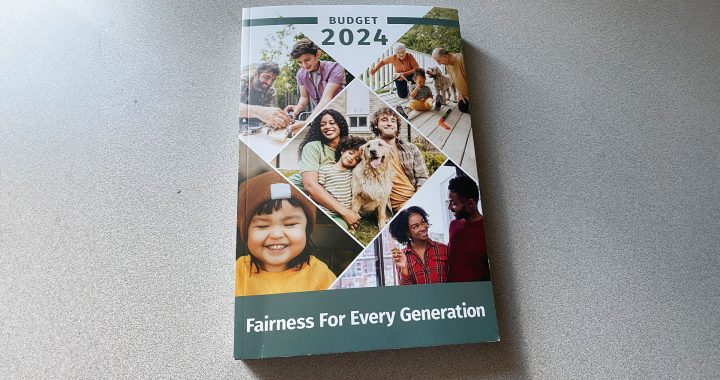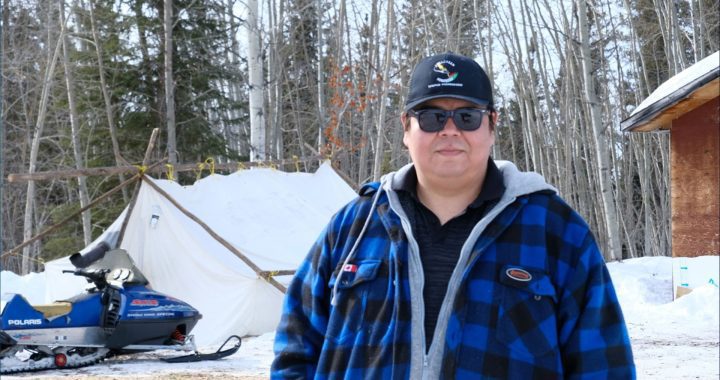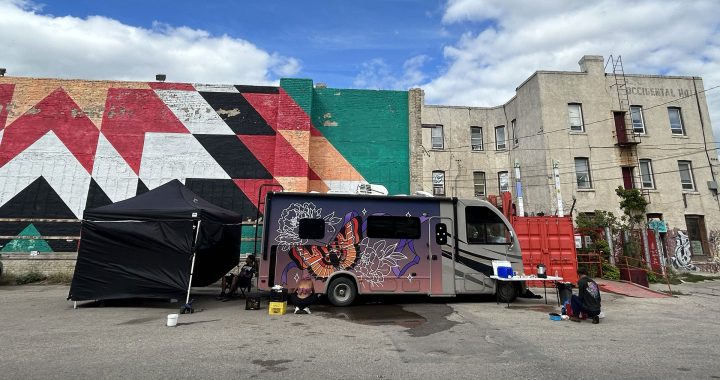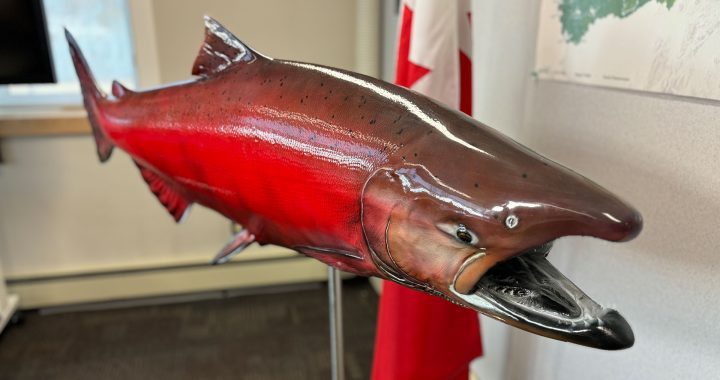US cable shows Colombian Indigenous population under intense pressure
The Embera Katio people traditionally wake before the sun rises and on a Saturday in January of this year a family had gathered to cook breakfast in the western part of Colombia when a bomb fired from a military helicopter exploded.
By Jorge Barrera
APTN National News
The Embera Katio people traditionally wake before the sun rises and on a Saturday in January a family had gathered to cook breakfast in the western part of Colombia when a bomb fired from a military helicopter exploded.
A 20-day-old infant was burned, shrapnel pierced the mother’s leg and paralyzed the baby’s father.
According to a diplomatic cable from the U.S. Embassy in Bogota released by Wikileaks, these were some of the details contained in the version of events from that day in 2011 that Indigenous representatives reported to U.S. officials.
The cable warned that “the incident will increase tensions between (the government of Colombia) and the Indigenous who are facing an increase in conflict-related violence.”
Wikileaks released the cable Thursday, the same day that two Indigenous representatives from Colombia appeared in Ottawa asking the Canadian government and First Nations people to help prevent their extinction.
The cable reveals that the Colombian and U.S. governments are aware of the rising toll armed conflict is having on Indigenous peoples in the country and are concerned about its impact.
The two representatives from the National Organization of Indigenous Peoples of Colombia who visited Ottawa said they were facing unrelenting assaults from the military, guerrillas and paramilitaries that had pushed their communities to the edge of annihilation.
Flaminio Onogama Gutierrez, of the Embera, and Dora Tavera Riano, of the Pijao, described how some Indigenous communities have been reduced to 50 people as a result of armed conflict.
Between 2002 and 2009, 74,000 people have been forced from their lands and, according to Amnesty International, the displacement is increasing.
Of the 102 documented Indigenous nations in Colombia, 32 have populations under 500, 18 have populations of 200, while 10 have less than 100.
The situation of Indigenous peoples in Colombia is so dire, that the UN Special Rapporteur on Indigenous Peoples James Anaya has called for the UN special advisor on genocide to visit Colombia.
Many Indigenous communities reside in traditional territories that are rich in biodiversity, minerals and oil eyed by foreign corporations, including from Canada.
The air strike occurred in a region rich in gold and copper, but also occupied by an Indigenous community.
The Colombian military said the air strike was not on Indigenous territory, but aimed at a guerrilla camp, the cable states.
“The Colombian military knew of the sensitivities of mounting an operation so close to the Indigenous reservation, but believed it took the appropriate precautions,” the cable states. “A sensitive, high-value target operation failed to hit the objective while he was at the site.”
The cable stated that members of Colombia’s oldest guerrilla, the FARC, were “increasingly operating in or around Indigenous reservations because fo the legal and political complications the reservations present for the Colombian armed forces.”
The Colombian military launched an investigation into the incident.










One word, Greed.